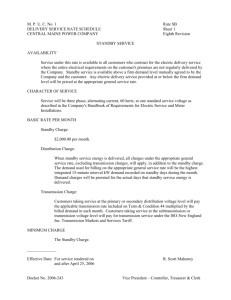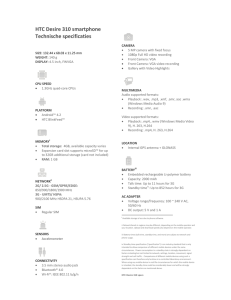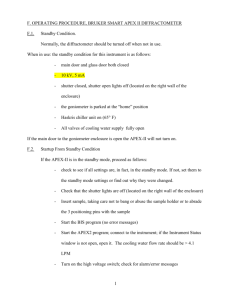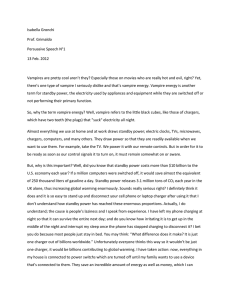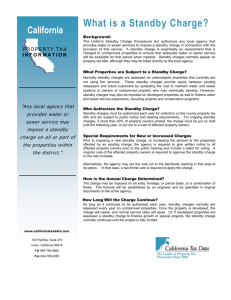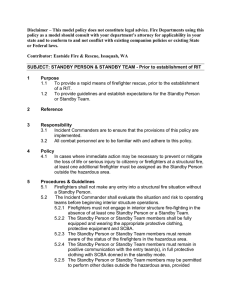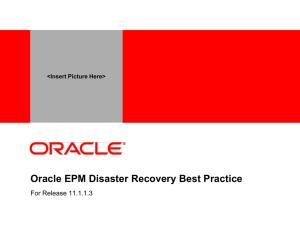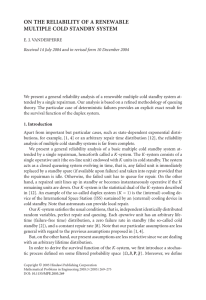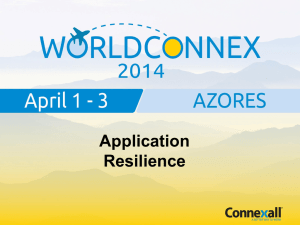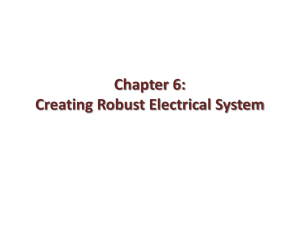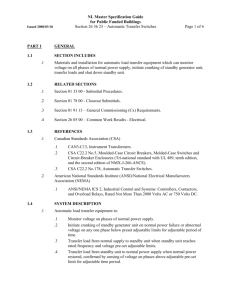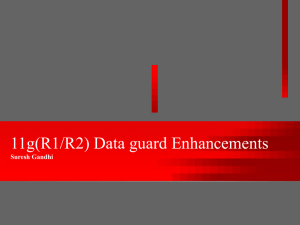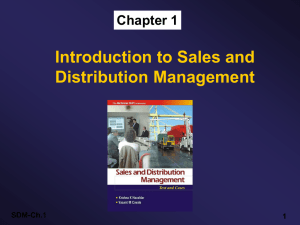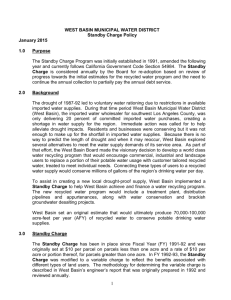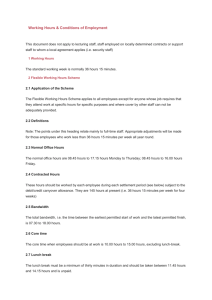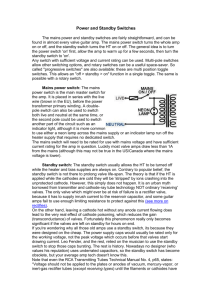Bellevue Fire Department Tactical Training September 2009
advertisement
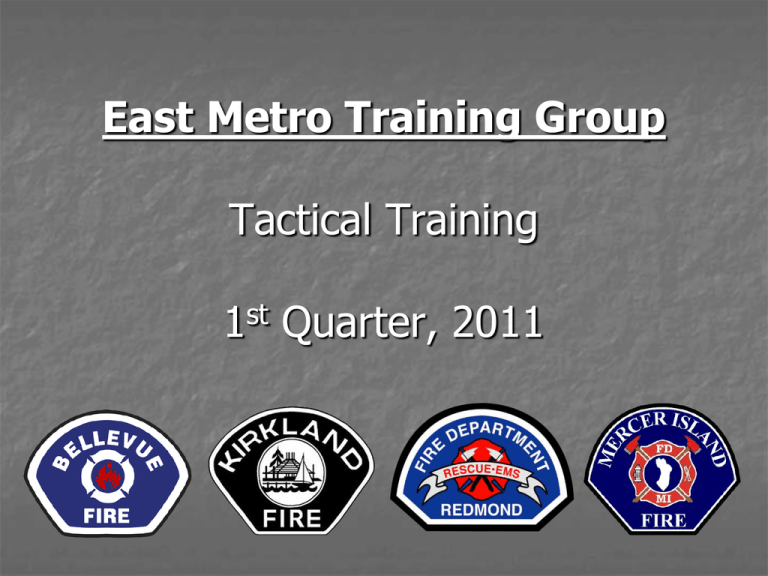
East Metro Training Group Tactical Training 1st Quarter, 2011 Today’s Training Focus on single-family residences PowerPoint presentation Review of introduction of Best Practices Quick size-up exercise BREAK – 10 minutes only please Simulations/Scenarios Each followed by brief task review discussion 2 Tactical Training 1st Quarter, 2011 We have a good foundation: -NFA Communication model -Initial size up and short reports -Appropriate initial strategy and tactics -Use of Groups, Divisions 3 “Mayday” or “Emergency Traffic” “Mayday” Life critical involving a Firefighter Trapped / Lost / Injured / Etc. Event most likely happened inside building IC responds “Clear Talk Group for Mayday Traffic” “Emergency Traffic” High priority communication Will influence the operation negatively if not addressed May or may not directly impact life safety at the time IC responds “Clear Talk Group for Emergency Traffic” 4 “Withdraw” or “Abandon” Withdraw: To exit a building or area in an orderly fashion with all hose, tools, and equipment, usually due to a change in strategy. (i.e. from offensive to defensive) Abandon: To immediately exit the building or area due to safety concerns for emergency personnel, without regard for equipment or hose lines left in place. Both are followed by a roll call as early as practical It’s important to listen and comply with the instructions of supervising officers!!!! http://www.youtube.com/watch?v=xT_aYeCh8rM 5 WAC 296-305-05001 Before beginning interior structural firefighting operations, the incident commander must evaluate the situation and risks to operating teams. (a) Except as provided in WAC 296-305-05001, firefighters must not engage in interior structural firefighting in the absence of at least two standby firefighters. (c) Standby members must remain aware of the status of firefighters in the hazardous area. (d) Standby members must remain in positive communication with the entry team(s), in full protective clothing with the SCBA donned in the standby mode. (e) Standby members may be permitted to perform other duties outside the hazardous area, provided constant communication is maintained between a standby member and the entry team(s), and provided that those duties will not interfere with the standby members' ability to participate in a rescue as appropriate. (f) Early consideration should be given to providing one or more rapid intervention teams commensurate with the needs of the situation. Note: Nothing in this section shall prevent activities which may reasonably be taken by members first on the scene to determine the nature and extent of fire involvement. 6 A Refresher: Types of hand lines: Attack Back up [IDLH] / Standby [Non-IDLH] Exposure What do we mean when we say “E27 back up line, Side A”? What are our expectations? 7 Attack Line Just what it says – the line used to attack the fire. 8 A Back Up/Standby Line: Is not a second attack line. Is responsible for protecting the egress of crews inside. Should be cognizant of maintaining the “2 In / 2 Out” rule. Assists with line management of the attack line: Keep it moving! Backup line is likely in the IDLH 9 Exposure Line Protect exposures whatever they might be: Interior stairs The house/building next door The upper floor May or may not be in the IDLH Etc. 10 Front Door Tactics Usually quickest route to the fire. Attacking from the unburned side was a product of not “pushing the fire” due to the use of wide angle fog. Solid stream attacks lessen this chance Highest chance of finding a victim. A 360° survey should serve to determine a reason not to use front door tactics. 11 Marrying Companies 2 In / 2 Out exercise. Recognize that there are variations of this depending on staffing levels on a given incident. Communications between officers is paramount to establish the following: Attack line Command 2 In / 2 Out 12 Types of Single Family Dwellings Rambler Multi-Story / Split Level Basements – Full and Daylight 13 Tactics For Single Family Dwellings Communications and Incident Command Types of dwellings. Types of lines: Ramblers Multi-Story / Split Level Basements [daylight and enclosed] Attack Backup / Standby Exposure “Front door” tactics. Duties of the “back up line”. 14 Best Practices Engines 1st Engine - 2nd Engine - 3rd Engine 4th Engine - Attack, address supply, command Confirm supply, backup line, assist attack, 2 In/2 Out Exposure line RIC 15 Best Practices Ladders Top Floor Fire 1st Ladder 2nd Ladder - Roof Interior - Interior Roof Lower Floor Fire 1st Ladder 2nd Ladder 16 Basement Fires Two basement types: Daylight (most common) Full Line placement is dictated by the answer to this question: What is the quickest route for a fire to travel from the basement to the upper floor? 17 Rambler Middle entry. Garage at one end. Bedrooms opposite garage. 18 The Split Level What's upstairs? What's down stairs? What’s on the C Charles Side? Line placement for a fire downstairs? 19 Multi-Story Residence Center entry. Stairs located? What is on the C Charles side? Where’s the kitchen? Where are the bedrooms? 20 Time to practice Short reports and initial tactics 21 22 23 24 25
